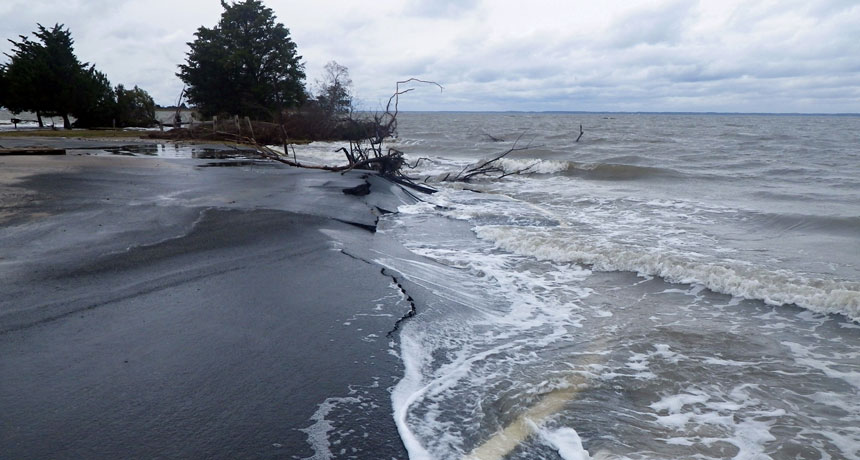Leeds researcher leads major project on future sea-level rise

Dr Natasha Barlow of The Priestley International Centre for Climate has been awarded €2 million over 5 years to study long term sea-level rise.
Global sea-level rise is one of our greatest environmental challenges and is predicted to continue for hundreds of years, even if global greenhouse-gas emissions are stopped immediately. However, the range, rates and responses to sea-level rise beyond 2100 are poorly understood. Sea-level change will not be the same around the world; due to gravitational effects Europe is at far greater risk of sea-level rise should Antarctica melt, than Greenland.
The ERC starting grant has been awarded to Dr Barlow, the sole Principle Investigator for the project, which is entitled ‘Rates of Interglacial Sea-level Change, and Responses’ (RISeR). The RISeR project, which seeks to understand the hazards of long-term ice sheet melt, will focus on the Last Interglacial (125,000 years ago) when global temperatures were around 1C warmer than pre-industrial values and 3-5C warmer at the poles (a pattern similar to that predicted in the coming centuries). Global sea level was 6-9 m higher, far above that experienced in human memory.

By collecting Last Interglacial sediments preserved offshore in the North Sea, Dr Barlow, a University Academic Fellow at the School of Earth and Environment, will use innovative methods to reconstruct the rates of sea-level change experienced in the region during this climatically warm period, allowing her to ‘fingerprint’ the source of ice sheet melt.
The project will use this information to provide high-end projections of sea-level rise beyond 2100 for northwest Europe, based upon the reconstructed magnitudes and rates of regional Last Interglacial sea-level change.
Dr Barlow is also affiliated to the Earth Surface Science Institute and the Institute of Applied Geoscience. The project team involves other researchers at the University of Leeds, the University of Southampton and McGill University, Canada, as well as employing three postdoctoral researchers and a PhD student.
Featured image: Flickr
